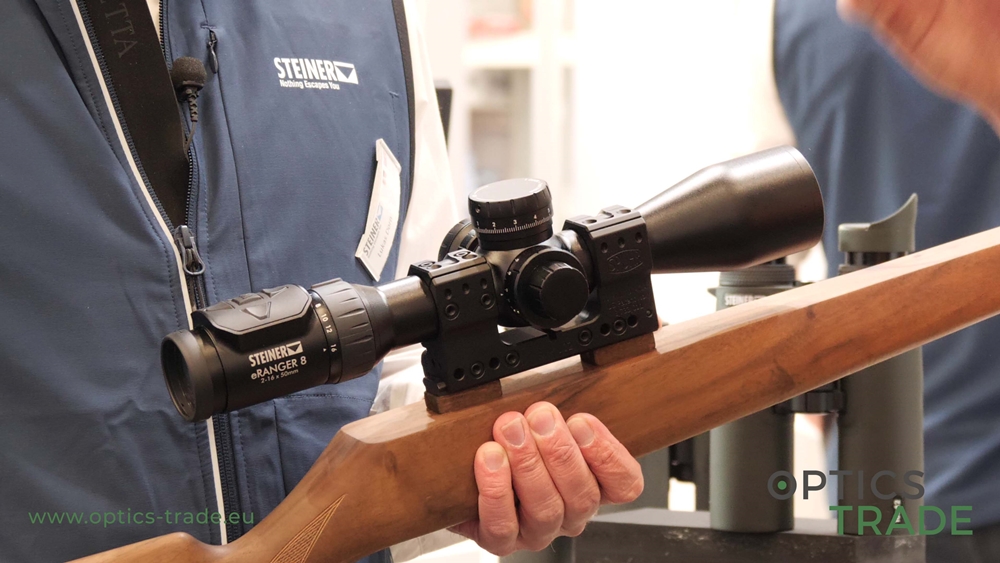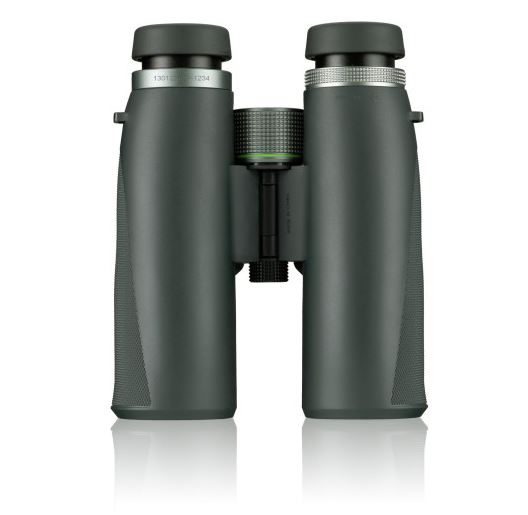Hello and welcome to another Optics Trade debates. Today, we are going to discuss the differences between the two binocular configurations: 7×30 and 7×50. Generally, these two configurations are limited to marine use.
What are the general features that we can apply to both? Most of these binoculars come with a Porro prism system. The whole market is striving towards the roof prism system, except the marine market, because of all the advantages that Porro prisms give. They also provide individual focusing for each eye. This type of focusing has two main advantages, one of them being well waterproofing. The second one is that in low-light, you are able to use the binoculars better because you never question the focusing. You set the focusing once, and then you focus with your eyes through the binoculars. The main disadvantage is the close focusing distance, which is around 10 m, 15 m, even 20 m with some models.
On 7×30 and 7×50 configurations, the individual focusing is done because of the waterproofing – this is the main reason. They have a single bridge design and the majority of the housing is made out of plastic materials. What the two binoculars have in common is also that the rubberized armor can withstand saltwater and sun – because these binoculars get exposed to the son a lot – on ships, boats, etc. The most affordable binoculars in this market begin at 150 €-200 € – everything below is of questionable quality. The most expensive models who have integrated compasses usually stop at 2000 €.
Regarding suitability, we already mentioned these binoculars are meant for marine use, so if you are on a sailboat or ship, these binoculars can be very handy. Also, if you are walking near the water and want to observe the sea and wildlife, this is very useful. If these binoculars fall into the water, you do not have to worry about anything. On top of that, they are often supplied with a floating strap that comes in a vibrant color like yellow, or orange. The 7x magnification is probably the highest magnification you can use on sailboats or any ships and not suffer from sea sickness.
A frequent question we get asked is: should I go with the 7×30 or 7×50 model? In terms of field of view, they are really similar. All of them have a field of view between 120 m (for the more affordable models), all the way to 150 m (for the best models on the market). If you look at other configurations, the smaller lens usually provides a wider field of view, but here, there is not a big difference. For low-light capabilities, 7×50 wins hands down – it is twice as brighter as 7×30. But because you use it at sea, mostly in summer, it does not excel as much, because it is not used in low light as much.
The comfort of use is better with 7×50, because it has better eye relief, and 7×30 is a bit more sensitive to the eye position. In this respect, they are more comfortable to use. However, when you are wearing them around your neck for a longer period of time, then 7×30 is far more comfortable. It is important to know that if you have a compartment for a compass, this usually adds 150 g of weight. The eyepieces are usually only of two positions and made out of rubber – so they are less sophisticated than 8×42 models, and roof prism models.
For use with glasses, 7×50 is usually a bit better because it has a longer eye relief – the best models usually have around 22 mm, 23 mm of eye relief, which is a lot. In terms of price, the price difference between the two models is not that noticeable. Let us also mention that the 7×30 is probably meant for amateur use, whereas the 7×50 models are more for professional use – at least aimed at that audience. 7×30 is also a better choice for kids – lighter, less bulky.
When will you go for the 7×50? If you are a professional sailor, or at least sailing frequently if you want to benefit from dusk use, and if you wear glasses. If you are an amateur user, if you have kids on board, if you are more into compact binoculars and will not be using them as frequently, then go for the smaller version – especially because during daytime use, you will not notice much difference if you are not wearing glasses, but you will notice the difference in size and weight.
We hope we covered most of the basics, but if we forgot something, do comment down below, and if you like our video, please subscribe. Also, check our individual reviews on the models.
Products mentioned in the 7×30 VS 7×50 Binoculars debate:
7×30 binoculars: https://www.optics-trade.eu/en/binoculars.html?fix_magnification_slider=7-7&lens_diameter_slider=30-30
7×50 binoculars: https://www.optics-trade.eu/en/binoculars.html?fix_magnification_slider=7-7&lens_diameter_slider=50-50
Follow us on social media:
Facebook: https://www.facebook.com/OpticsTrade/
Instagram: https://www.instagram.com/opticstrade.hunting/
Blog: http://optics-info.com/
Flickr: https://www.flickr.com/photos/opticstrade/albums
Pinterest: https://www.pinterest.co.uk/opticstradeeu/
LinkedIn: https://www.linkedin.com/company/optics-trade




